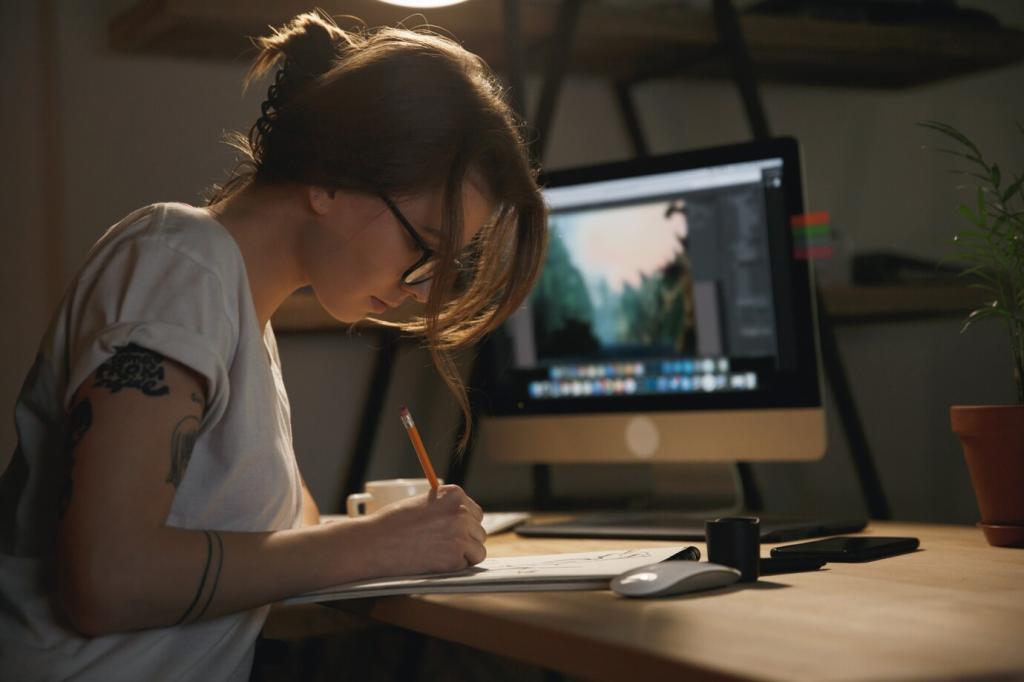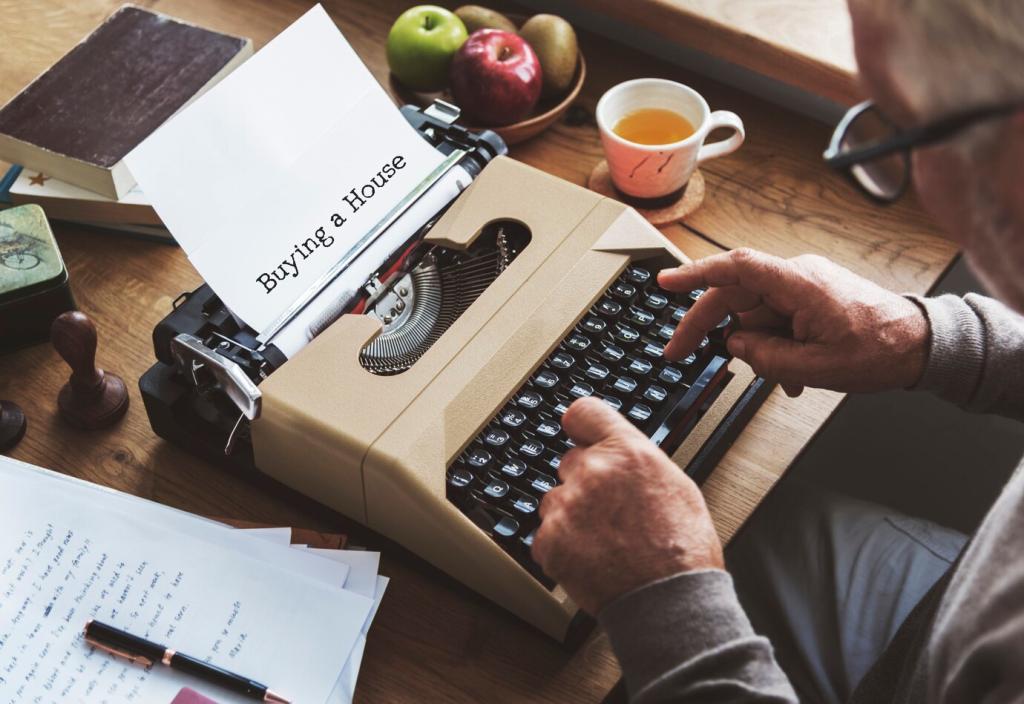Local Visibility for Studios and Solo Designers
Fully complete your profile with categories, services, hours, and imagery that reflects your aesthetic. Add Q&A that answers common project questions. One studio saw discovery searches rise after clarifying services. Comment your category, and we’ll refine it.
Local Visibility for Studios and Solo Designers
Build pages per city or neighborhood featuring relevant case studies, nearby supplier mentions, and an embedded map. Include FAQs about timelines and permits. Want a location page outline tailored to your area? Tell us your city below.





